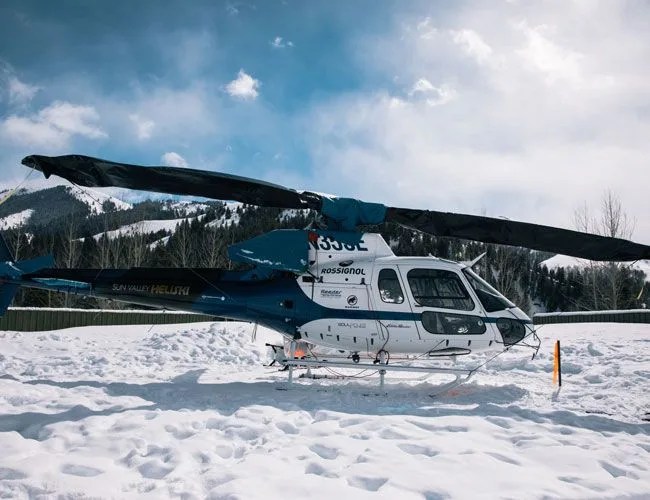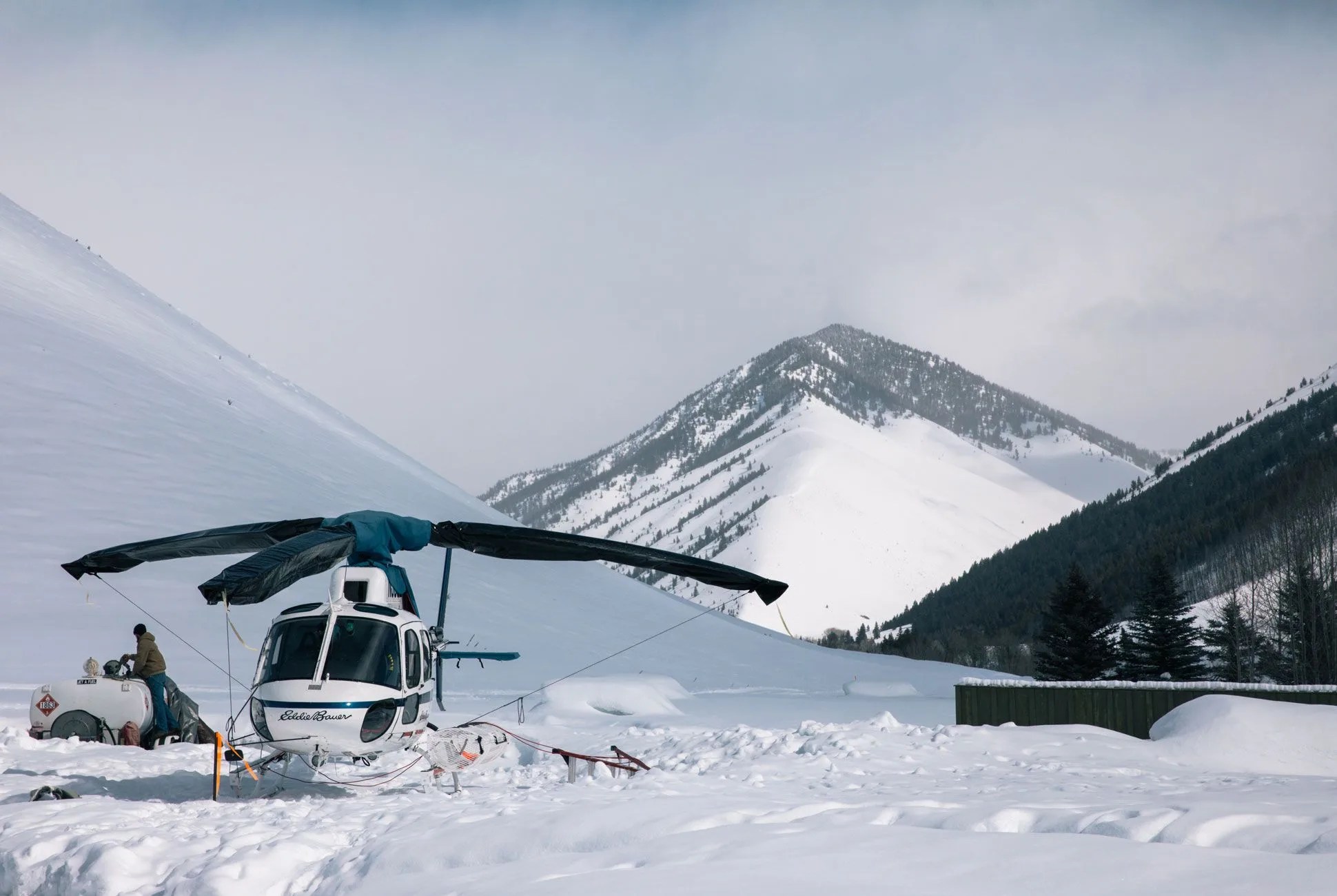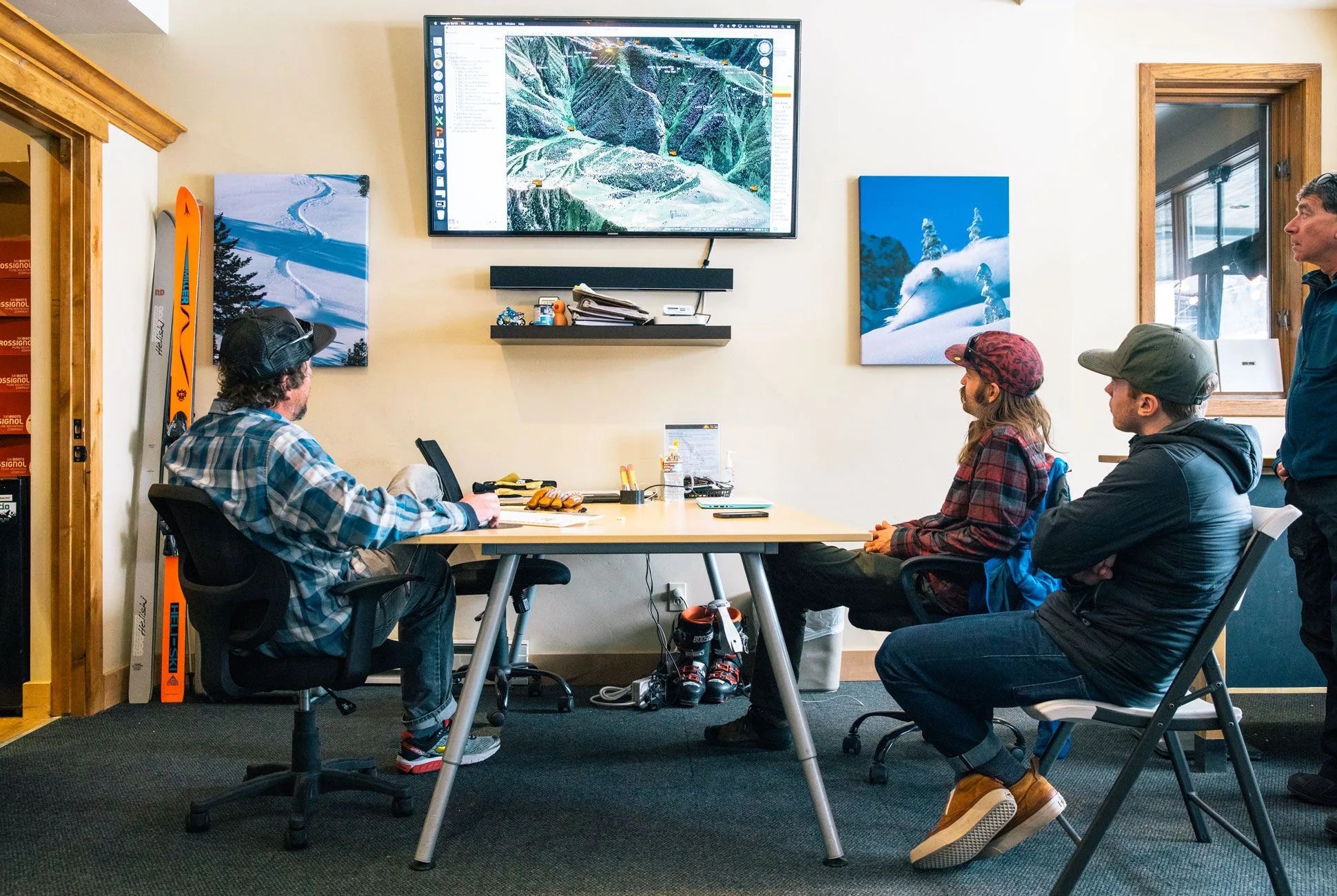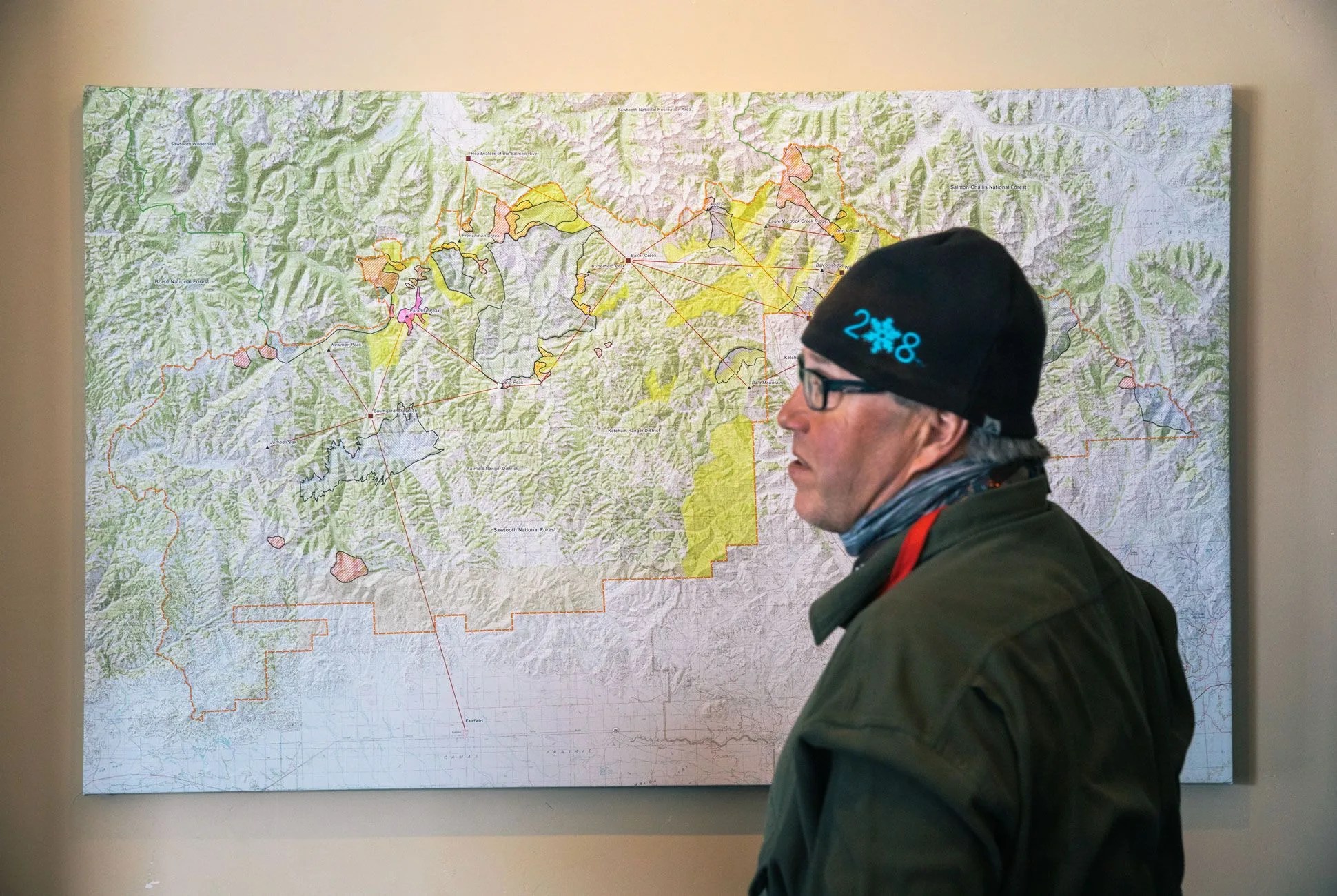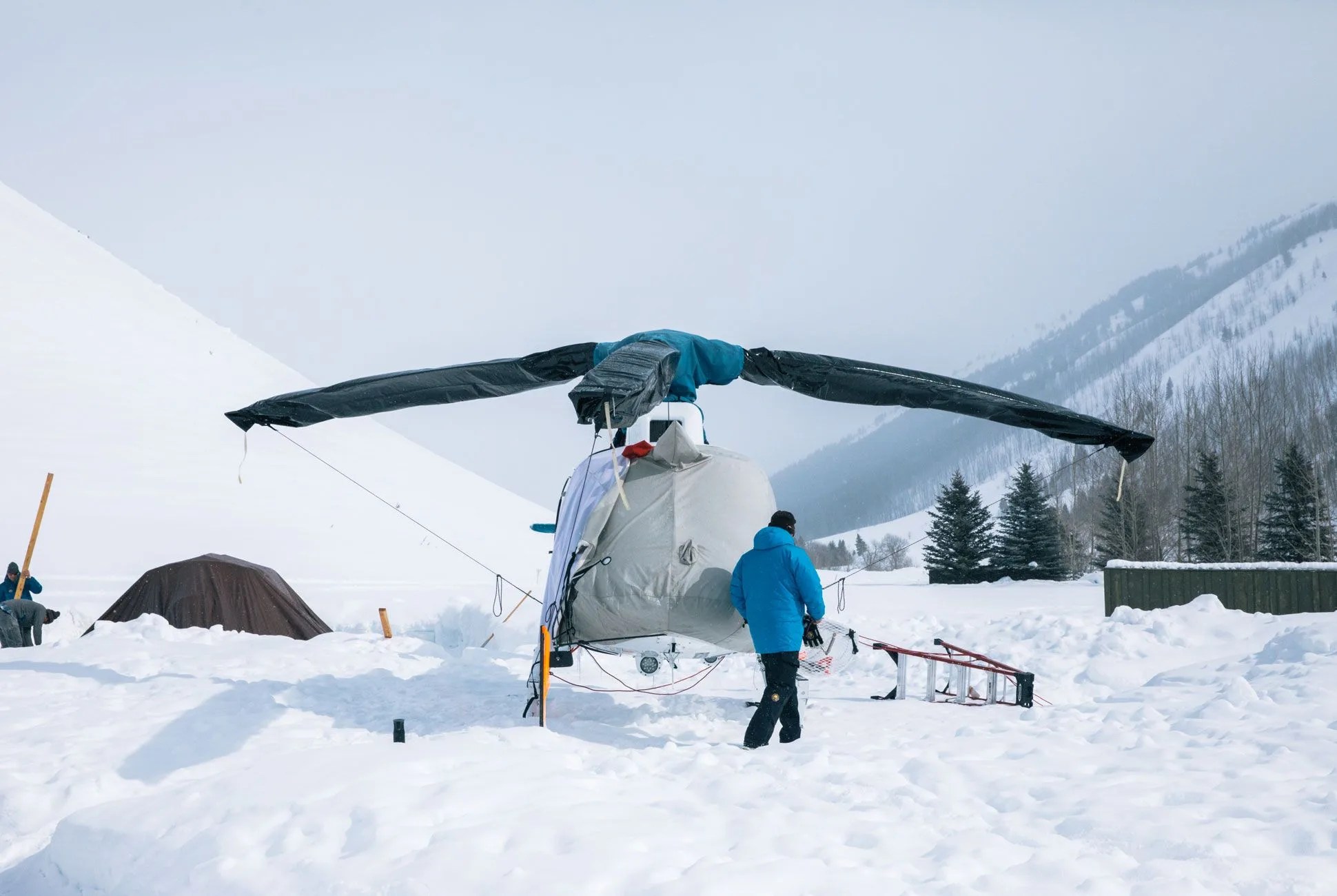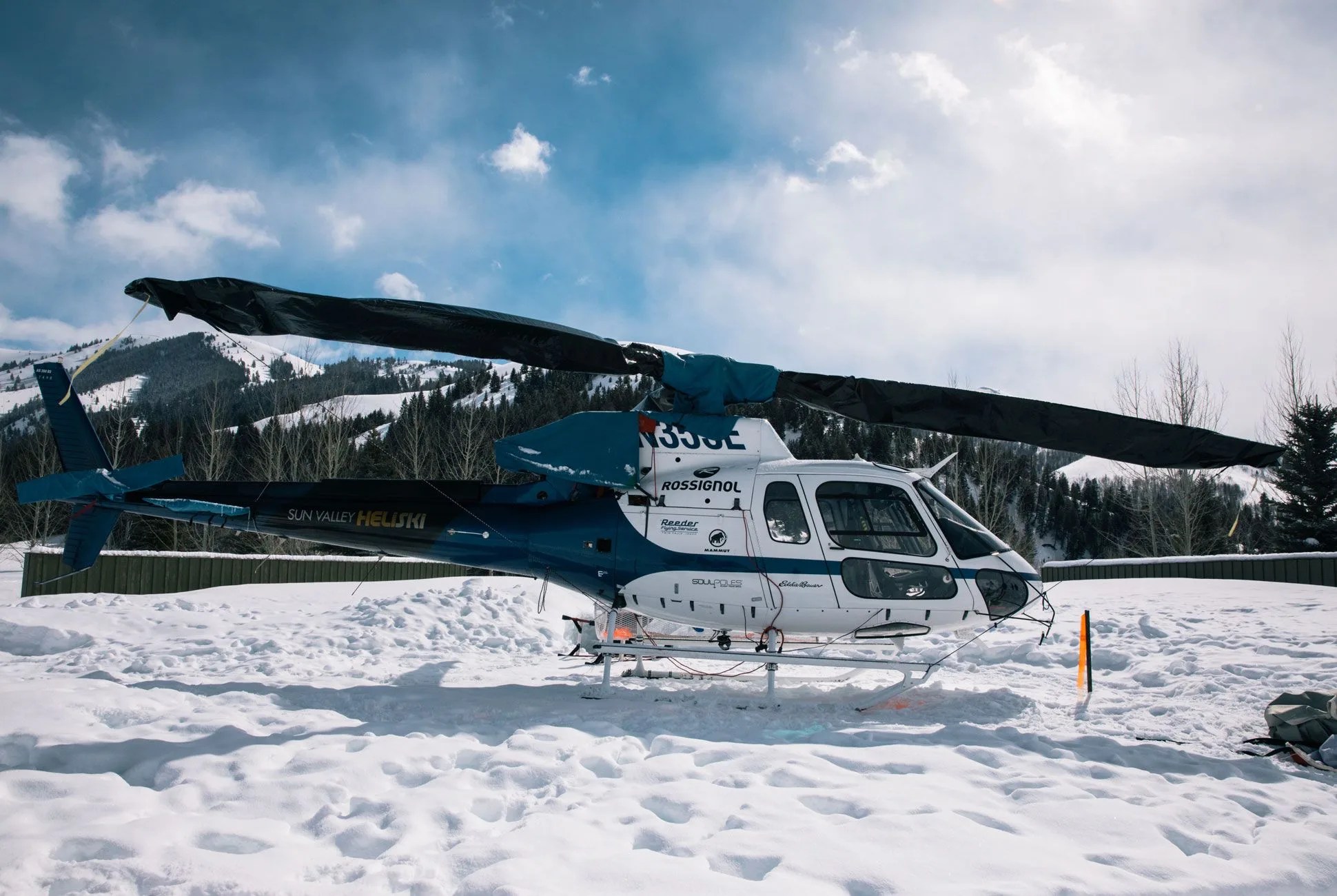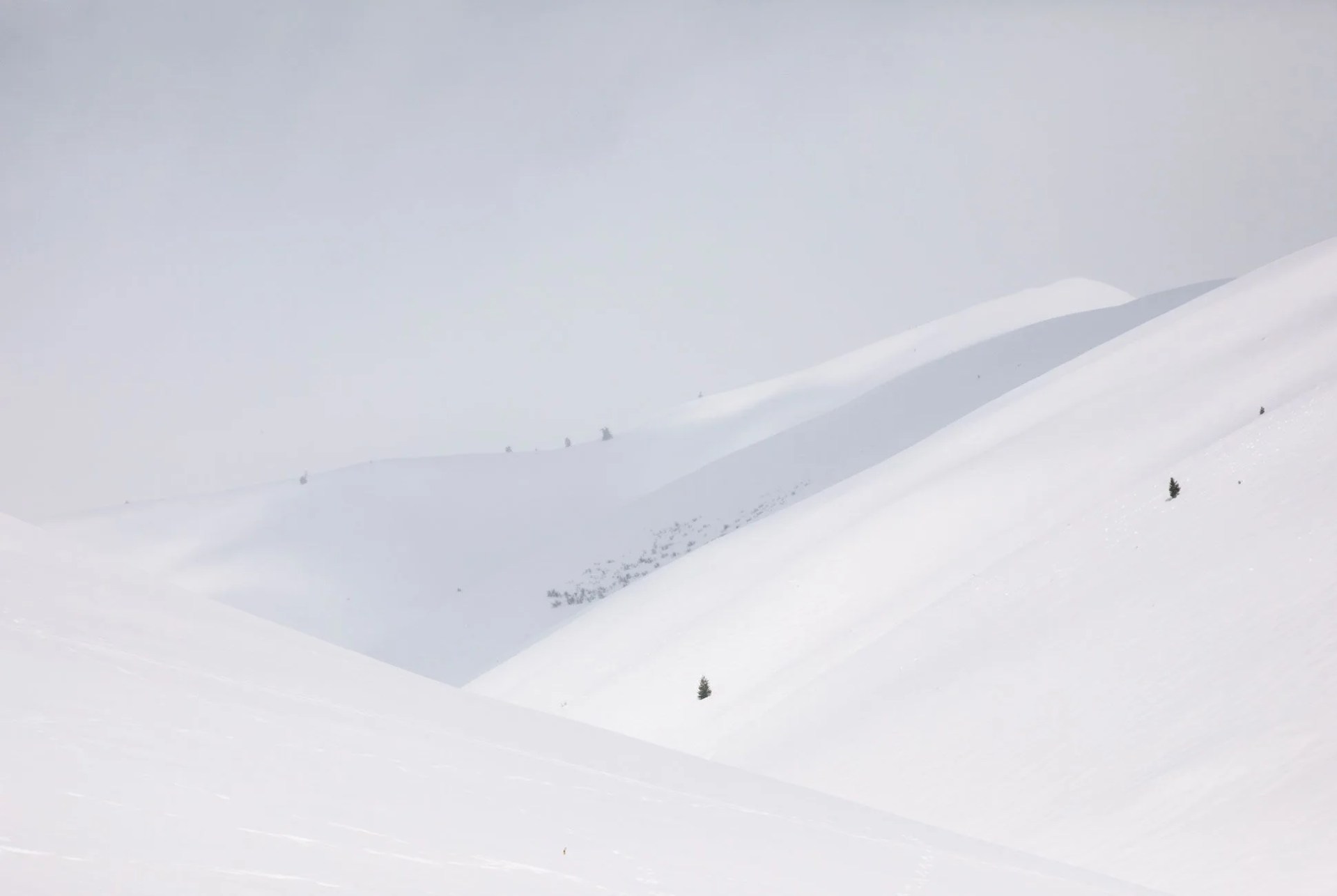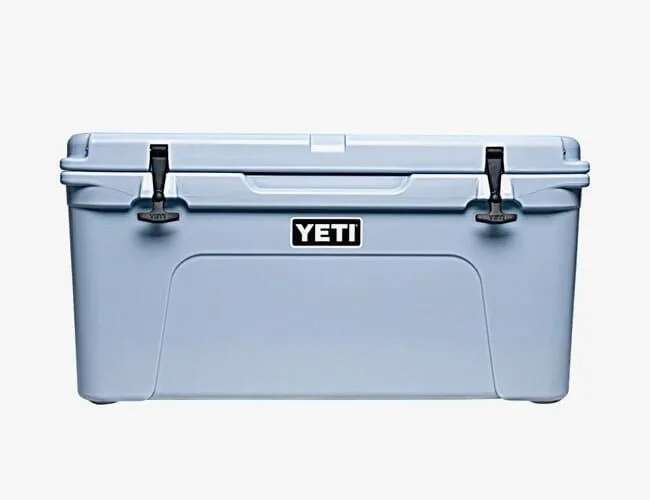5 photos
Viewed on a macro level, Sun Valley’s role in the history of the development of alpine skiing in the United States seems illogical. The region’s central town, Ketchum, is far from the urban centers on either coast; it was at one time a hub for mining, smelting, and the raising of sheep. But zoom in, and the squashing and tightening of topographical lines leave the point moot: the region was made for winter sport.

Once the Union Pacific Railroad — chaired by W. Averell Harriman, an avid skier — made the area more accessible to passengers, skiing developed quickly. The first chairlifts in the world were constructed on Proctor and Dollar Mountains in 1936, and they established Sun Valley as a resort destination for skiing. But many of the mountains visible on maps remained inaccessible to skiers until Sun Valley Heli Ski was founded by Bill Janss in 1966. It was the first heli-ski operation in the country.
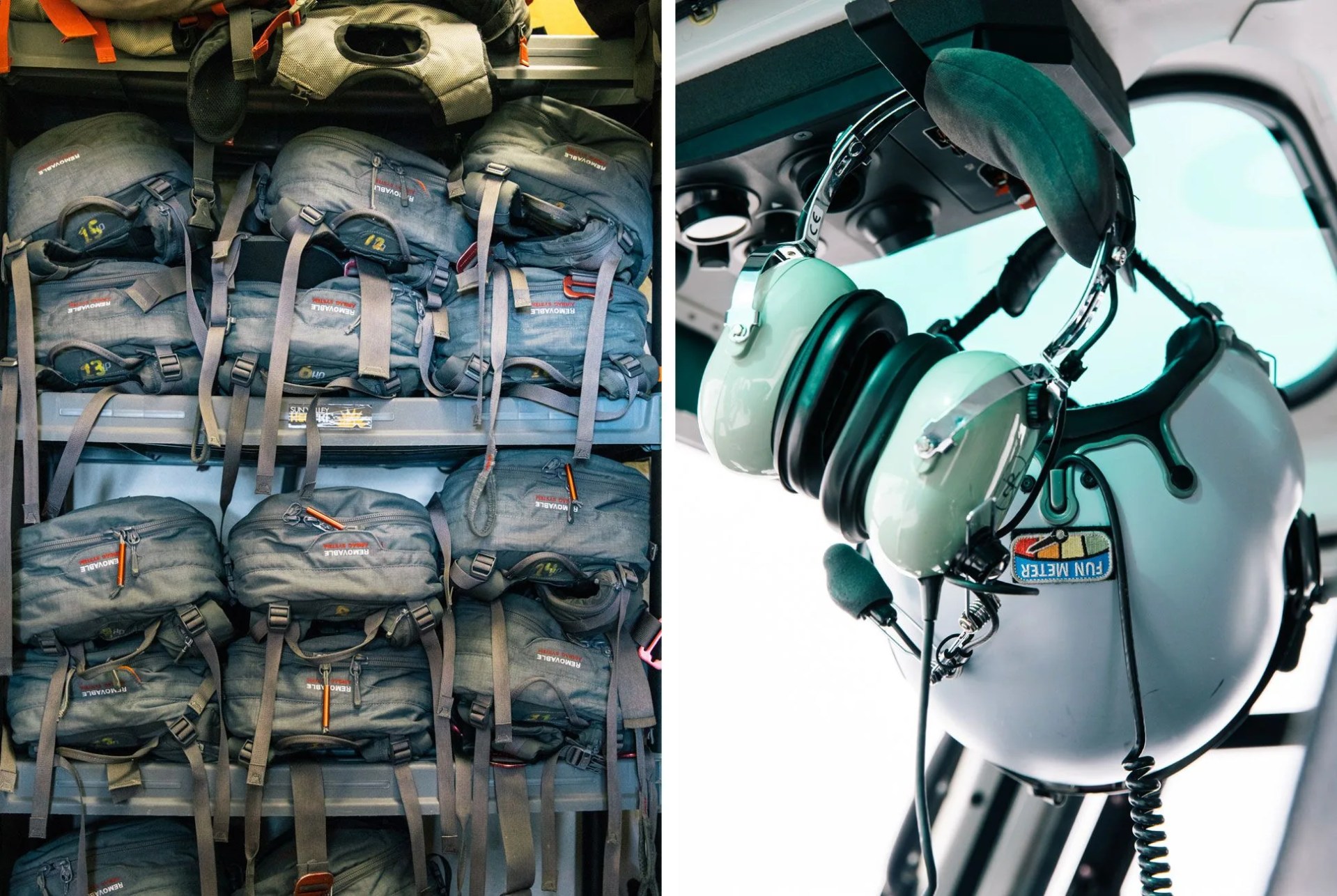
The main reason to integrate helicopters into skiing is access, and SVHS has loads of it. The team has access to roughly 750,000 square miles of terrain through a special use permit granted by the U.S. Forest Service. It’s one of the largest heli-ski permits in North America, and SVHS has the exclusive rights to it; to access many of the countless three thousand foot (and longer) runs without a helicopter requires multiple days of walking.
There is no ski patrol in the backcountry, so it’s up to the guides at SVHS to continuously monitor and control the risk of avalanches. But the guides don’t begin their day by flying missions and dropping TNT from the chopper to trigger avalanches — they’re in the office every morning at roughly 5 a.m. The flip of a light switch illuminates the base: the walls are lined with detailed maps, shelves are filled with avalanche gear and radios, a large monitor sits above a conference table. For the longest-operating heli-ski organization in the country, technology plays a central role, and the day begins in front of a computer screen.
